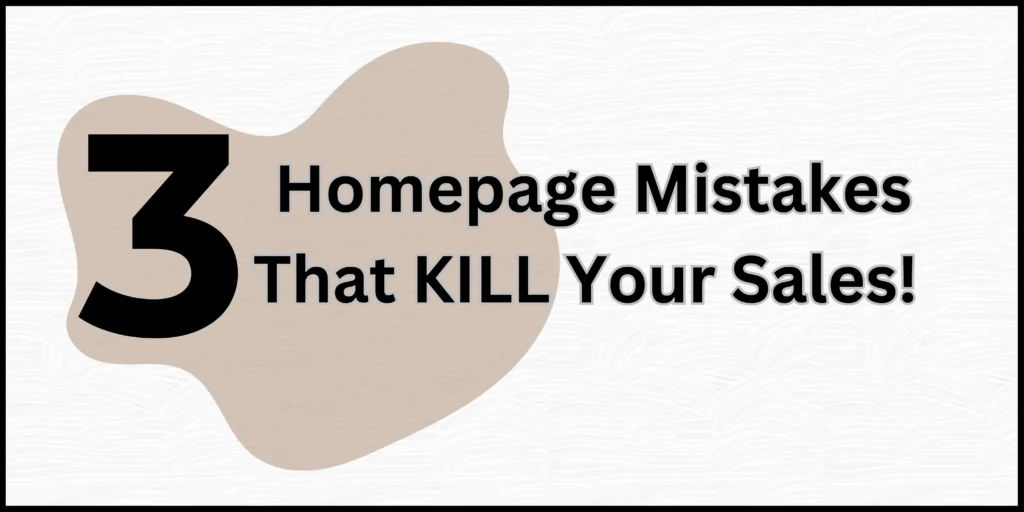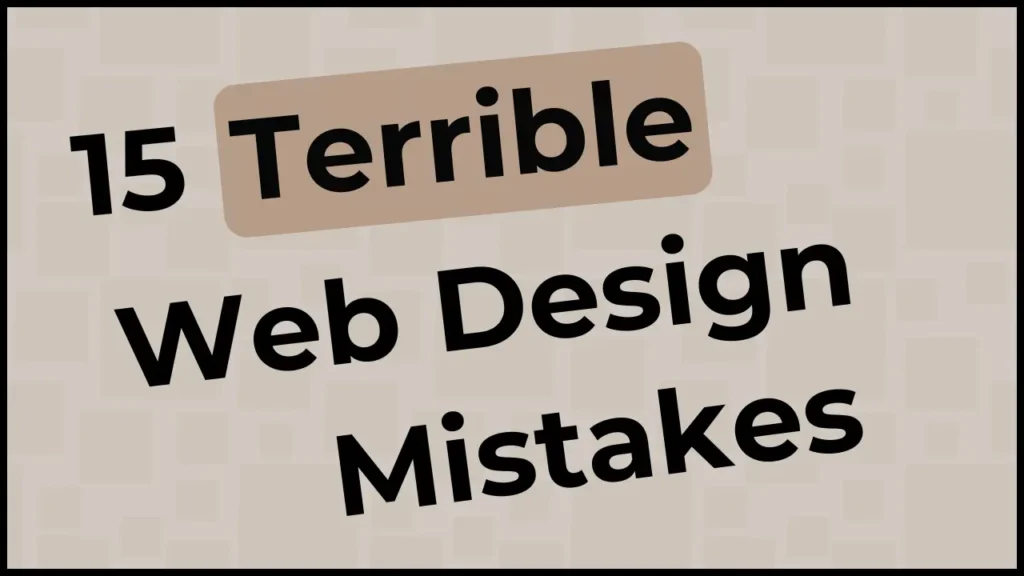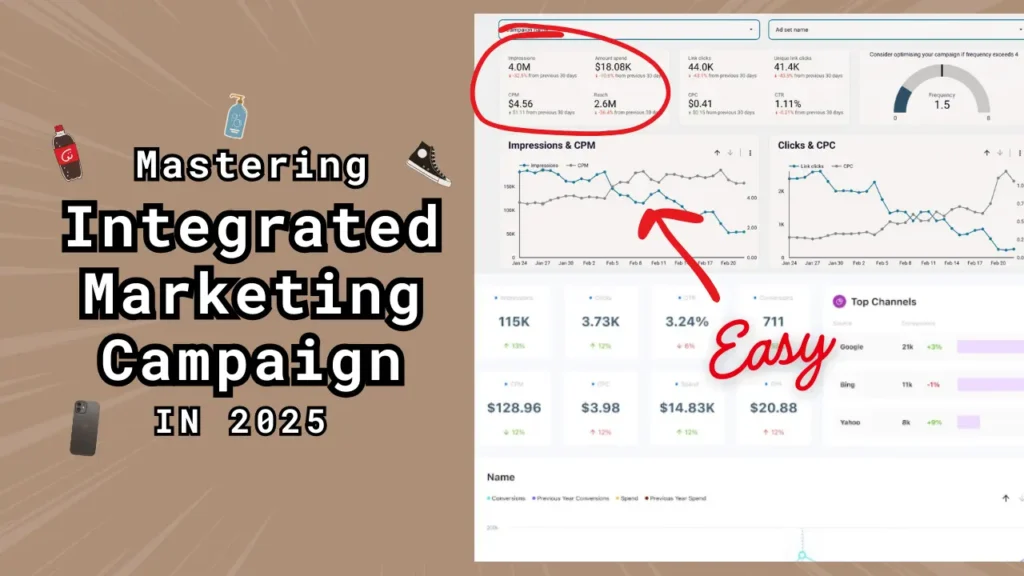If you’re wondering, ‘Does a graphic designer need a website?’ yep, A graphic designer needs a personal website. It’s one of the best investments you can make in your career. Think of it as a place to show off your best work, explain what you’re all about, and give potential clients a reason to trust you. Social media might seem like the easy way to go, but it’s not taken as seriously in the industry as you might think, and it won’t truly show the depth of your skills or build real credibility.
But does a graphic designer need a website to get noticed in today’s market?
Absolutely. Gaining visibility is an essential tool and the best way to show your work to potential clients.
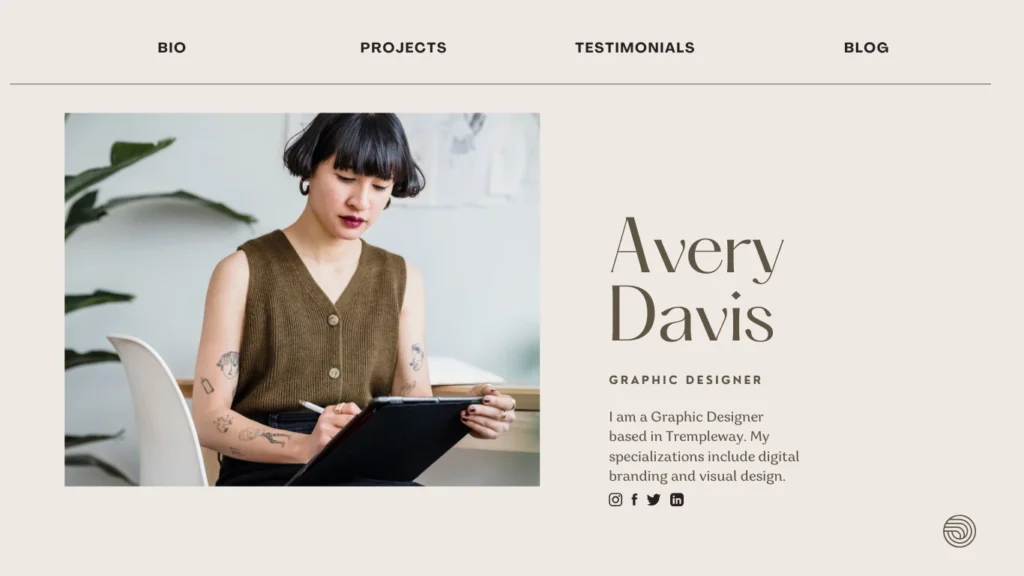
Show Off Your Work
With your own website, you can put your best projects on display in an organized, clean way. It’s like having a professional portfolio that speaks for you. When clients can see your work clearly, they’re more likely to reach out.
Build Trust
A well-made website doesn’t just show what you do—it shows you care about your craft. When your website looks good, people will trust you more. And trust? That’s what brings clients in.
Get Noticed
When you optimize your website for search engines, it’s easier for people looking for a graphic designer to find you. The more visible you are, the more clients you’ll attract.
Control Your Brand
Your website is your space. You get to decide how your work is presented. Your website’s colors and layout say a lot about your taste and style, giving people a clear idea of who you are as a designer.
How Your Website Can Help You Get and Keep Clients
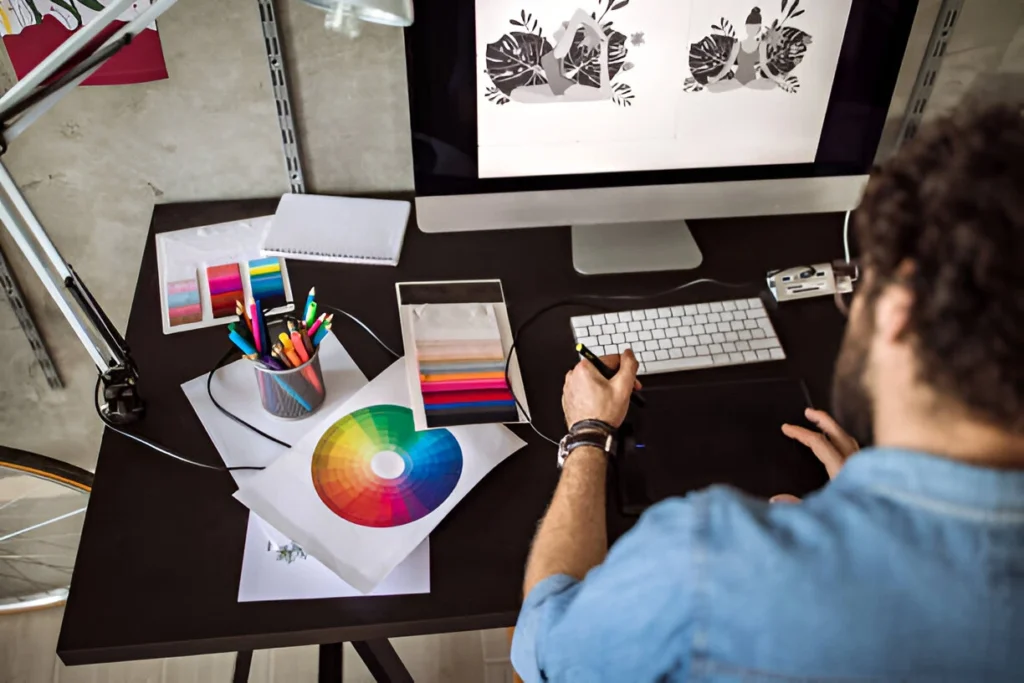
First Impressions Count
Does a graphic designer need a website to make a strong first impression? Studies show that 75% of customers decide whether they trust you just from how your website looks. People judge a business based on its website. So, don’t blow it—make that first impression impressive!
Keep Visitors Engaged
A clean, simple design is easier for people to use. When your website’s simple to use and looks great, companies are way more likely to remember you—and when it’s decision time, you’ll be the one they call.
Mobile Matters
More people are using their phones to browse the web than ever before. If your website isn’t mobile-friendly, you’re losing potential clients. A good, responsive design ensures your site works well on any device.
Building Your Website (Without Stressing Over It)
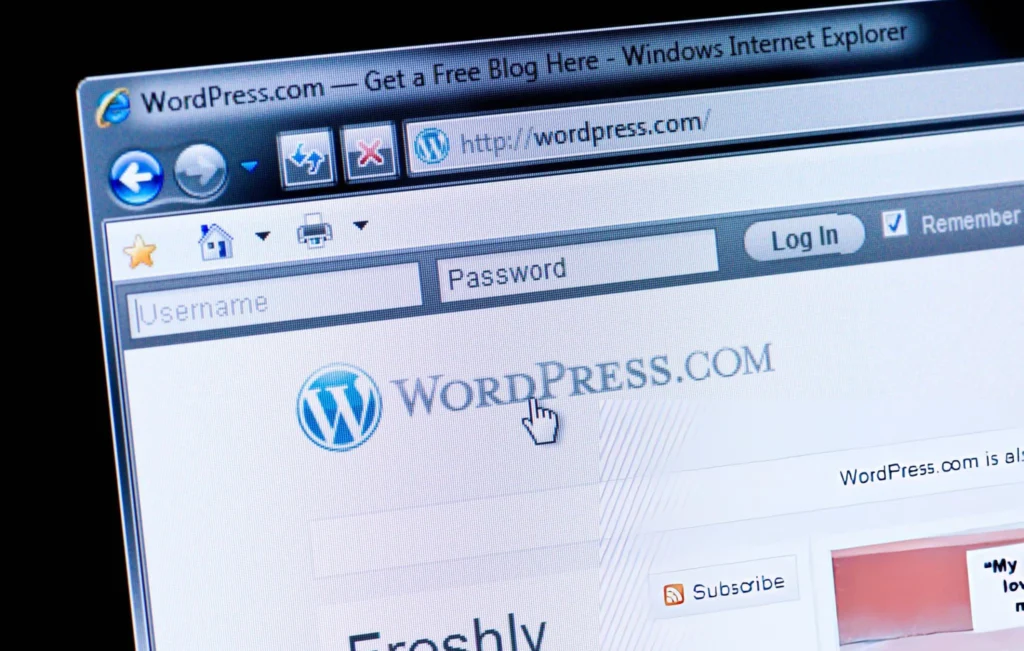
Pick an Easy Platform
Don’t overcomplicate it. Building a site is easier than you think with WordPress or Wix—just pick a template, tweak it a bit, and you’re good to go! They have templates, so you just need to fill in your work and info. Or let a trusted agency handle it for you—saving you time, money, and effort—while you attract your dream clients and watch your business grow.
Keep It Simple
Choose a design that lets your work speak for itself. A minimalist layout works best—less clutter means your designs shine. Plus, make sure it looks great on both computers and phones.
Show Your Portfolio

Show your best work with clear pictures and a nice photo of yourself—keep it simple so people can see what you do and who you are. For each project, share a bit about your process. Clients want to know how you think and solve problems.
Make It Easy to Contact You
Don’t hide your contact info. A simple contact form, plus your email and phone number, makes it easy for clients to get in touch.
Update Regularly
Your skills grow, and so should your portfolio. Update your website with new work and remove old projects that don’t match your current style.
Other Things to Think About
SEO
Learn some basic SEO tricks. Using keywords and writing good meta descriptions will help your website show up when people search for graphic design services. It’s not as hard as it sounds!
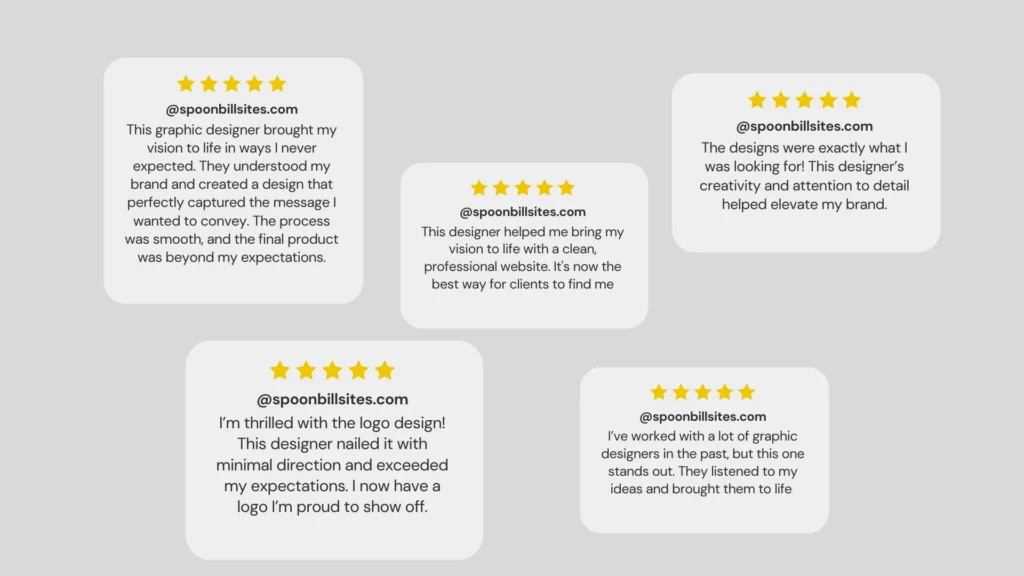
Testimonials
If you’ve worked with happy clients, ask them for a testimonial. Your work is the best proof of your credibility—it shows clients they can trust you.
Stay on Brand
Your website should match your personal style. Pick colors and fonts that scream ‘this is your style’ as a designer.
Add a Personal Touch
Sharing a short bio or explaining why you designed it helps clients connect with you. People like working with people they feel they know, even if it’s just a little bit.
Bottom Line:
Q: Does a graphic designer need a website?
A: Hell yes! A personal website shows off your work builds trust, boosts visibility, and helps you stand out from 99% of the competition. SEO makes you impossible to ignore in interviews, attracts clients, and gets you paid what you deserve.
Investing in a personal website might take time and effort, but it’ll pay off. Not only will it help you build credibility and showcase your work, but it’ll also make it easier to get clients and keep them coming back. Plus, it’s all yours—no third-party platforms to limit your control. So, get started today. Your future self will thank you.



